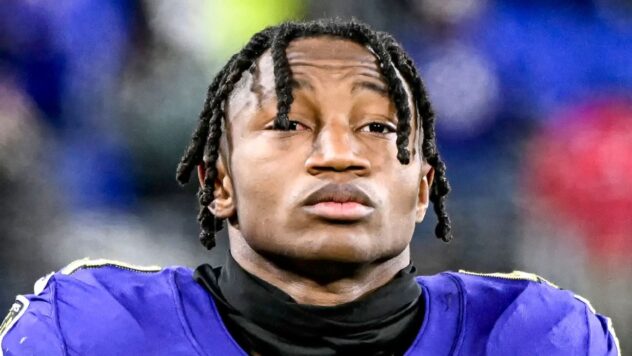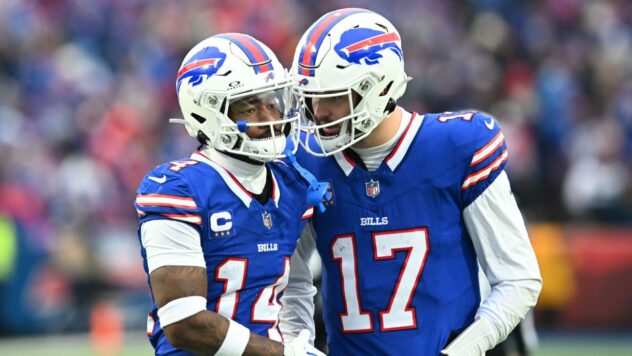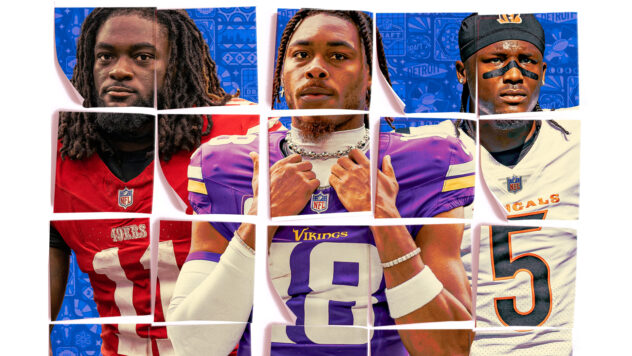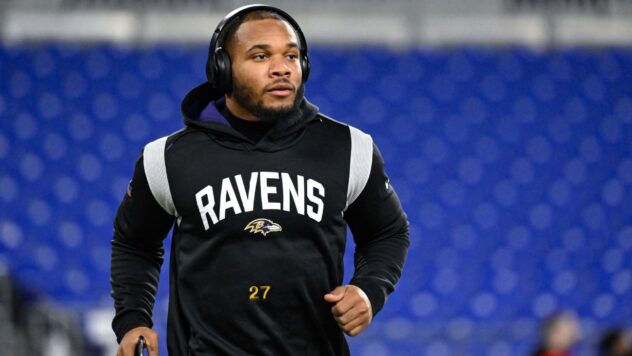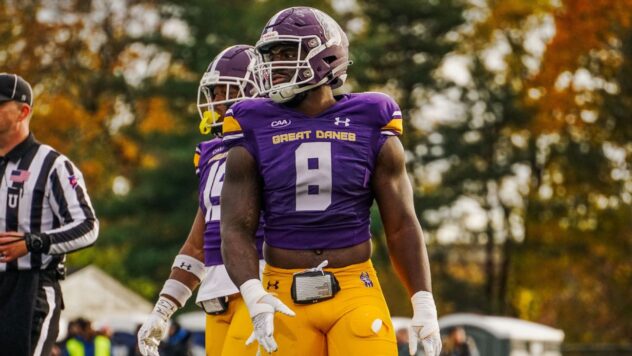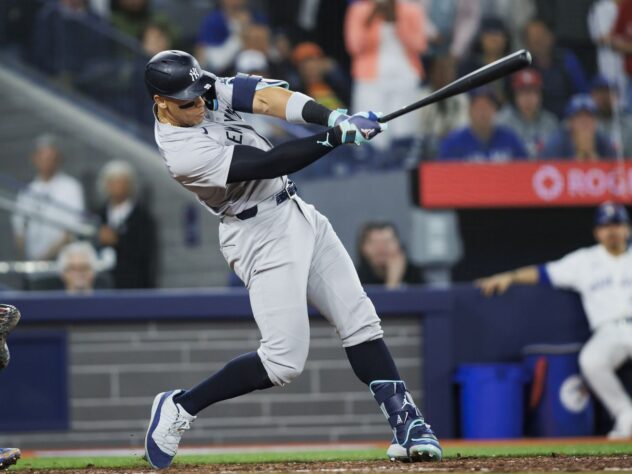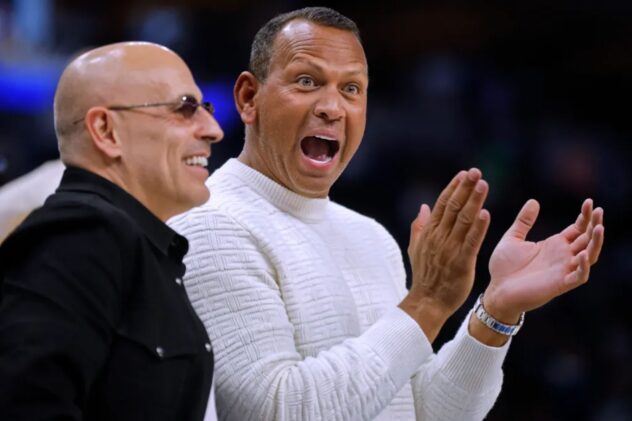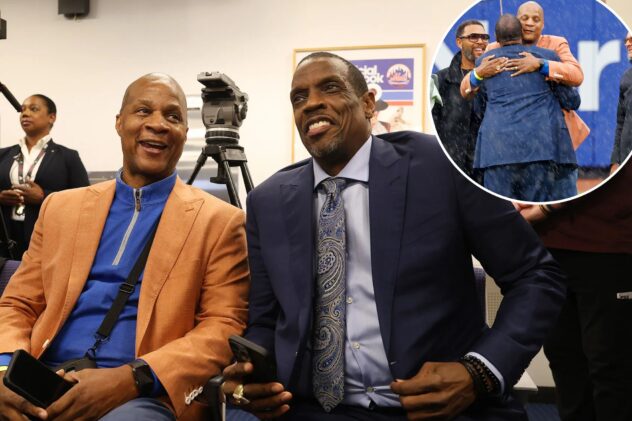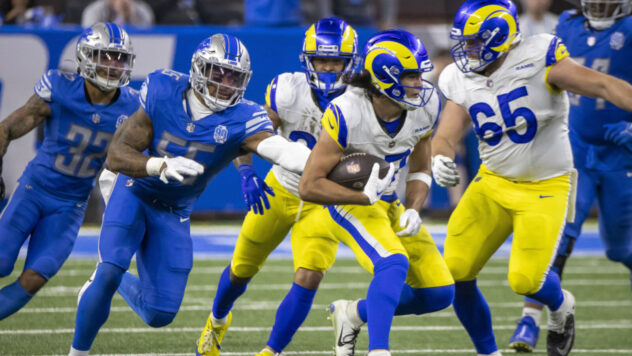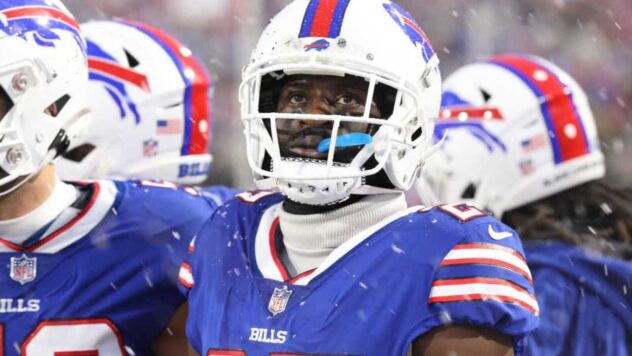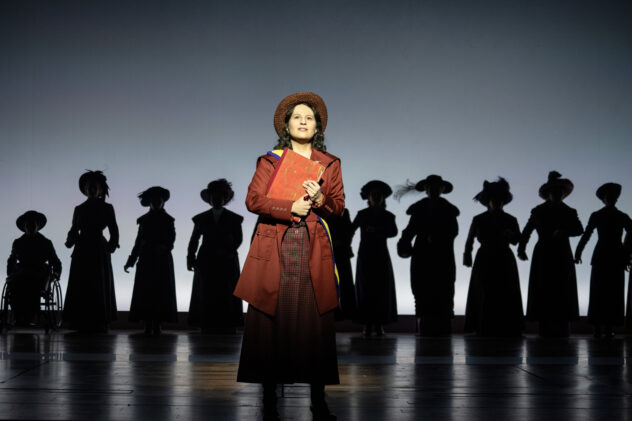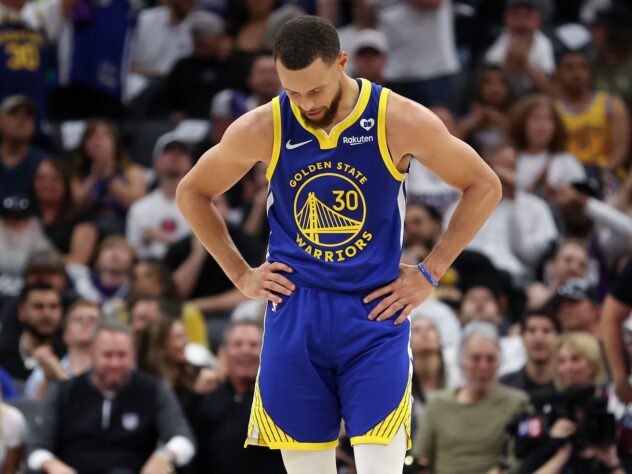Could the NFL adopt rules from the XFL? Six to consider, from a faster pace to different kickoff
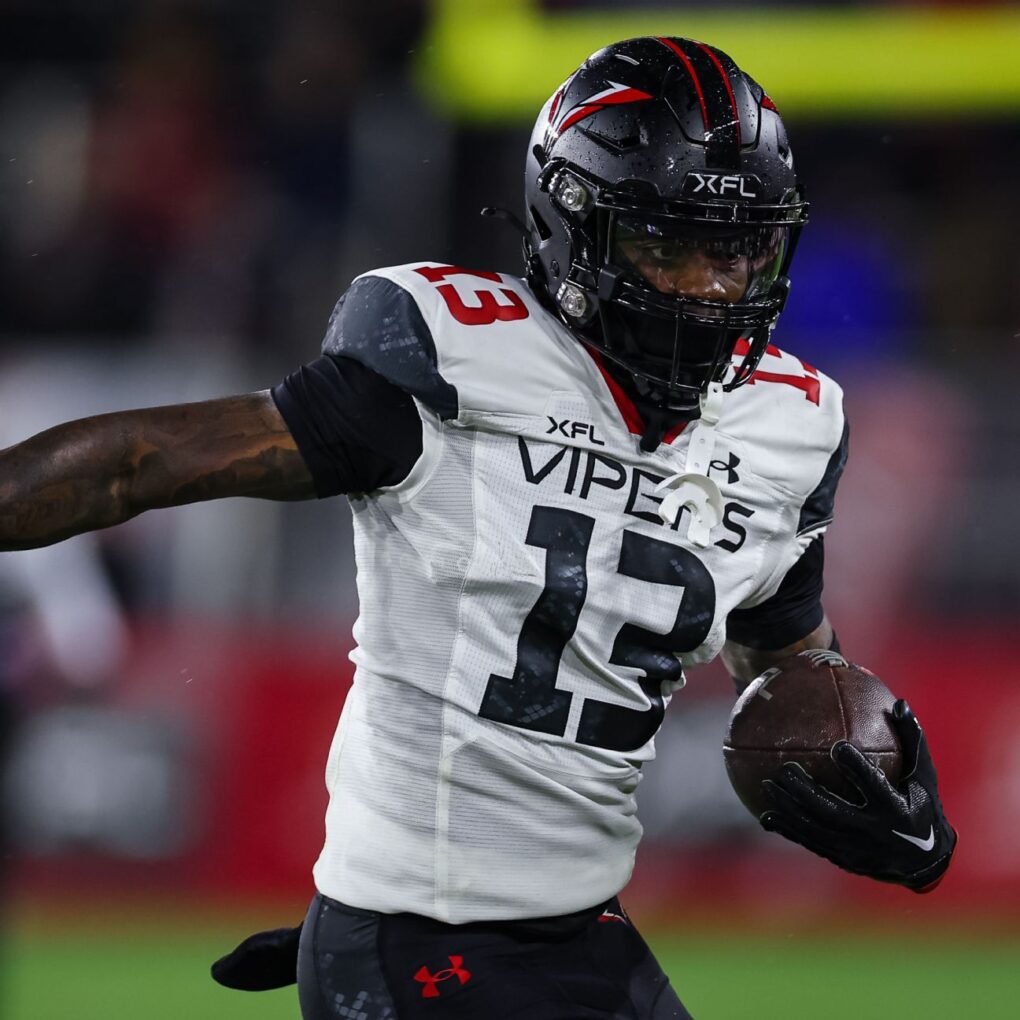
In February 2022, the XFL announced its plans to serve as a “petri dish” for NFL innovation, offering its platform to experiment with proposed rules, test new equipment and develop prospective officials and coaches.
The midpoint of the XFL season provides a natural moment of reckoning. The league has now played a total of 10 weeks — five in its pandemic-shortened season of 2020, and five in 2023 — under a set of rules originally developed by former XFL director of football operations, innovation and strategy Sam Schwartzstein under previous owner Vince McMahon.
Those rules have made the XFL a faster-paced version of football, with funky kickoffs, new levels of broadcast transparency and a different set of end-game math to consider. Some of them make more sense for an upstart spring league, most notably an option to use a double-forward pass, but many of them appear durable enough to consider for eventual NFL integration.
Let’s consider six such rules and philosophies and compare them to the way the NFL operates.
Kickoff formation
XFL rule: The kicker lines up at his 30-yard line, with the other 10 members of the kickoff team lining up at the opponent’s 35 — 5 yards away from the returning team. Only the kicker and one returner can move until the ball is fielded. Touchbacks are spotted at the 35-yard line.
NFL rule: Kicking team lines up at its 35-yard line, with eight members of the return team within 15 yards. No double-team blocks allowed. Touchbacks are spotted at the 25-yard line.
The XFL’s rule was one of many preserved from the league’s 2020 incarnation, and it has continued to hit its goal of maximizing returns and minimizing the incentive for touchbacks while avoiding the high-speed collisions that made the traditional kickoff so dangerous. It takes some getting used to, as 20 players stand still with the ball in the air, but the numbers don’t lie: More than 90% of XFL kickoffs have been returned this season, compared to about 40% of NFL kickoffs.
Most XFL teams have blocked these returns like zone running plays, which hasn’t led to many long returns. But in Week 5, the St. Louis Battlehawks’ Darrius Shepherd reeled off an 80-yard return. The progression followed a similar pattern in Week 5 of the 2020 season, when the Battlehawks used a trick play to record the league’s first kickoff return for a touchdown.
The NFL rewrote its kickoff rules in 2018, responding to data that showed the high-speed collisions involved had made concussions five times as likely to happen on kickoffs than on standard offensive or defensive plays. But the rules in essence led to touchbacks being the most likely outcome rather than a return.
If nothing else, the XFL’s efforts here demonstrated there are creative ways to preserve the kickoff as a live play while also protecting players from unnecessary risk.
Onside kick alternative
XFL rule: After scoring in the fourth quarter, teams have an alternative to kicking off (or attempting an onside kick). Instead, they can run one offensive play from their 25-yard line. If they gain 15 yards or more (essentially converting a fourth-and-15), they can retain possession.
NFL rule: Teams can use only the traditional kickoff formation following a score.
XFL teams have attempted the fourth-and-15 option six times so far this season, converting two. The first conversion was a key part of the Battlehawks’ comeback from a 12-point fourth-quarter deficit en route to an 18-15 victory over the San Antonio Brahmas in Week 1.
The thought behind the rule was not necessarily to make it easier for teams to come back from late deficits, but simply to return their chances to what the onside kick had once provided. Before the NFL changed its kickoff formation in 2018, the historic rate of recovering onside kicks was about 12%. It has been 9% since with significant variations per year. In 2022, for instance, it was 3.5%. The XFL’s kickoff formation also would make it difficult to recover an onside kick.
“We just wanted it to be in line with what an onside kick would normally have been,” NFL head of officiating Dean Blandino said.
NFL teams have been proposing similar ideas since the 2018 formation change, and the league even experimented with it in the 2020 Pro Bowl. But it has never gained enough support among owners, many of whom consider it gimmicky or not within the spirit of the game.
The Philadelphia Eagles haven’t given up. They proposed a rule this year that would require teams to gain 20 yards from their 20-yard line, and perhaps seeing it in action in the spring leagues — the USFL uses a fourth-and-12 rule from the 33-yard line — could normalize it for NFL owners.
Multiple options after touchdowns
XFL rule: Teams can choose to go for 1 point from the 2-yard line, 2 points from the 5-yard line or 3 points from the 10-yard line.
NFL rule: Teams can line up to kick for 1 point from the 15-yard line (a 33-yard kick) or go for 2 points from the 2-yard line.
XFL teams are using the 2-point option 59% of the time, using the others when late-game math requires it. The result has been some unusual scores, creating a different strand of end-game math. A 9-point differential, for instance, is a one-score game if the trailing team scores a touchdown and succeeds in a 3-point attempt.
The options seem to have reduced the likelihood of overtime. There hasn’t been a single overtime game in 10 total weeks of XFL play, including the 2020 season, as teams are less likely to be tied with three tiers of post-score options. That has made it impossible to judge the XFL’s overtime rules, which call for three alternating scoring attempts from the opponent’s 5-yard line. But generally speaking, wouldn’t most fans prefer to avoid overtime?
The NFL’s 2-point option is easier than the XFL’s, but so is the 1-point option, which is why NFL teams were still using the traditional extra point 91% of the time in 2022. A different set of options, whatever they might be, could inject some unpredictable late-game drama as well as help the NFL avoid overtime games.
Speeding up the game
XFL rule: 35-second play clock, speakers allowed in the helmets of all offensive skill players, 10-minute halftime
NFL rule: 40-second play clock, speaker allowed in only the helmet of the quarterback on offense, 12-minute halftime
XFL games have averaged 2 hours, 46 minutes this season, 15 minutes shorter than the average NFL game in 2022. (It’s worth noting that the NFL mark was its lowest in 29 years.)
XFL games in 2020 averaged 2:50, but Blandino said the 2023 version did not have a specific time goal other than trimming downtime wherever possible. In addition to a quicker play clock, the league also has one on-field official whose only job is to spot the ball for the next play. Each team is also permitted to install a speaker in the helmet of every offensive skill player, allowing them to hear the playcall directly from the coach rather than taking the time to go to the huddle. Not every team has implemented that option, but some teams’ huddles essentially comprise the quarterback and offensive line.
The risk of speeding up games is getting less football, and the XFL this season is averaging 8.5 fewer plays per game (117) than the NFL did in 2022 (125.5). But that drop isn’t big enough to deter the larger goal.
“We feel like the flow of the game has been good and the number of plays has been good,” Blandino said. “We don’t feel like we’ve lost 20-30 plays because we’ve gone to this play clock. So we think it’s been positive so far.”
NFL games are built to fit roughly into a three-hour time window for television, so it might not want to shave much more time off its average game. But the XFL has proved there is fat to trim from a pro football game if desired.
Replay review of penalties
XFL rule: Coaches can issue one challenge per game of any officiating decision, including penalties.
NFL rule: Coaches can issue two challenges per game, and a third if they get the first two correct, but the list of reviewable plays does not include penalties.
The NFL’s general replay philosophy is to review only objective decisions, such as whether a player was out of bounds or if the ball crossed the line to gain. It has reviewed penalties in only one season, an ill-fated experiment with pass interference in 2019, and league traditionalists are pushing back against proposals to begin reviewing roughing the passer in 2023.
The XFL, on the other hand, is giving coaches a one-time option to get any decision reviewed, including penalties. Of the first three successful challenges this season, two were for penalties. Blandino reversed a call for defensive pass interference on one and added offensive pass interference after it had gone uncalled on the other.
The NFL’s experiment with reviewing pass interference was scuttled in part because it couldn’t establish a standard for the level of contact to merit a reversal. Officials said at the time they did not want to use replay to “reofficiate” a play from the booth, but that is precisely what Blandino is doing in the XFL.
“We’re basically reofficiating the play,” he said. “It’s not a standard where it has to be above and beyond. If I’m looking at that play and say, ‘We should have thrown a flag there,’ then that’s the standard. It either is or it isn’t. It’s not a higher standard than what the rule says. Is this something we want called or not? That’s the standard.
“You think of the NFL in 2019, it felt at least early in the season that the standard was so unrealistically high, and that’s not where we’re at.”
Broadcast transparency
XFL: Television broadcasts routinely tap into the microphones of referees to hear their deliberations. They also air Blandino’s replay reviews and, in some cases, return to Blandino to further explain a call.
NFL: Referees use their microphones to announce penalties and yardage markoffs. The league also maintains an open line with the networks’ on-air officiating analysts to clue them in on replay decisions in real time or close to it.
One of the most obvious differences between watching NFL and XFL games is how often the audience hears from either the referee or Blandino, or both. Some of that emphasis is to ensure that fans understand XFL rules, but much of it is to help them understand the reasoning behind calls. Blandino talks through his process as he views various angles, and sometimes the broadcast returns to him for further explanation.
At least some of the annual outrage against NFL officiating stems from not knowing why calls were made. Referees have been instructed to eliminate explanations and specifics from their announcements. Pool reports typically just confirm the rule that was applied. Tweets from the NFL’s officiating account parrot the same wording.
The NFL attempts to minimize the impact of officiating on game outcomes, while the XFL approach seems to tacitly acknowledge it.
Blandino, who appeared weekly on NFL Network to explain decisions when he was the league’s officiating chief from 2013 to ’17, said he didn’t think the NFL wants the level of transparency the XFL provides.
“I’ve lived it,” Blandino said. “I was with the NFL for a long time. Fans, coaches, they get the ruling and the announcement, but they don’t understand the ‘why.’ I think that transparency can help. I don’t think the league under the current setup would want to broadcast everything. I just feel like it’s not something they’re interested in. But I do think the transparency, if there was a way for the league to explain calls even after the fact in a more complete way than just sending out a tweet to say the ruling on the field stood because it wasn’t clear and obvious, then I think that would be beneficial.”

